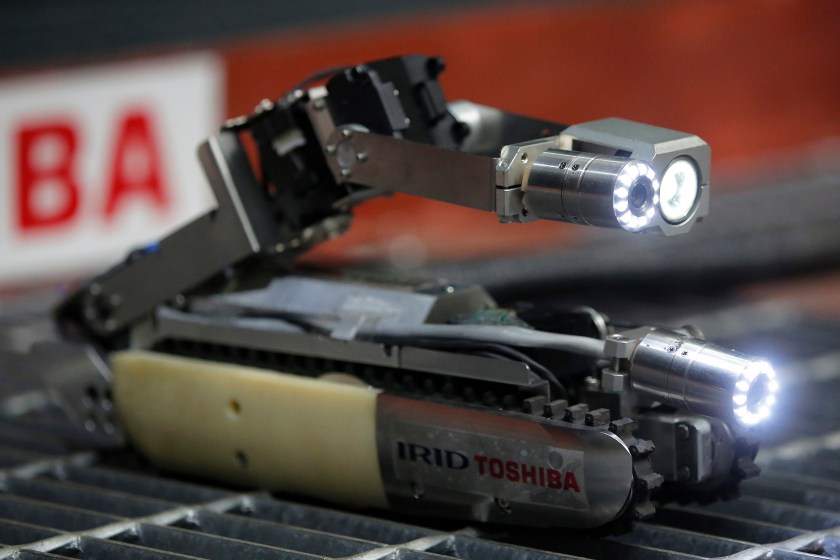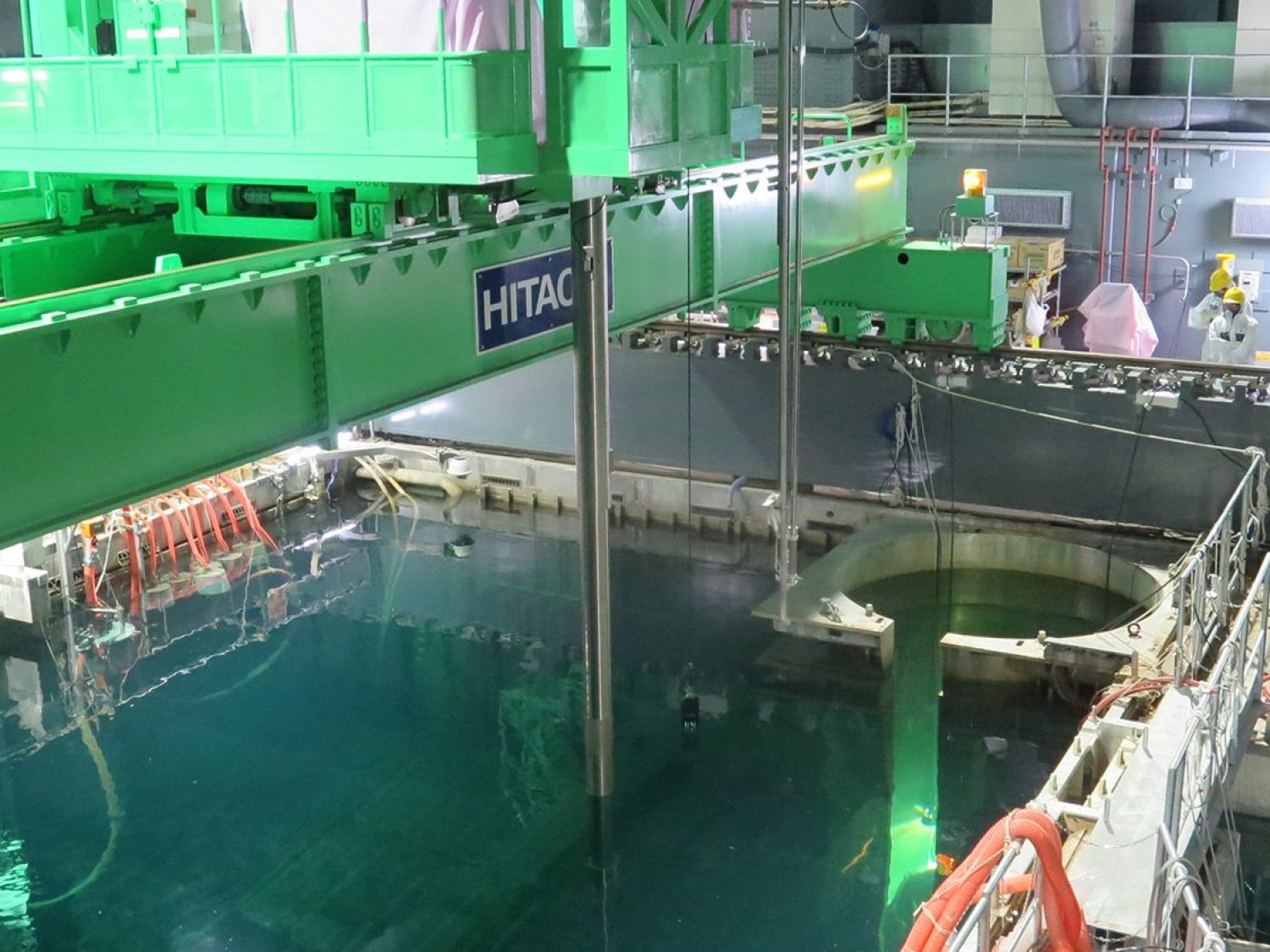
The site of the 2011 nuclear disaster in Japan has left behind an unusual casualty — robots.
Officials leading the efforts to clean up 600 tons of nuclear fuel told The Associated Press a more creative approach to developing machines was needed, after yet another robot failed on Thursday last week.
Tasked with assessing the condition of melted fuel rods, robots are relied upon because radiation levels are too high for human workers to function. However, that’s proven to be just as deadly for the machines as well. In February, a scorpion-like probe built by Toshiba broke down while exploring reactor core No. 2, where the meltdown occurred, after reaching its radiation limit in under two hours, Japan Times reports. That’s just a fifth of the time it was expected to last.

According to CBS News, the Japanese power plant took its latest victim in less than a day after debris blocked the machine’s way. Two other robots failed their mission after one got stuck in a crevice and another found no signs of fuel after searching for six days, Japan Times reports.
See an example of a previous robot used at Fukushima below.
—RealClearLife
This article was featured in the InsideHook newsletter. Sign up now.






















